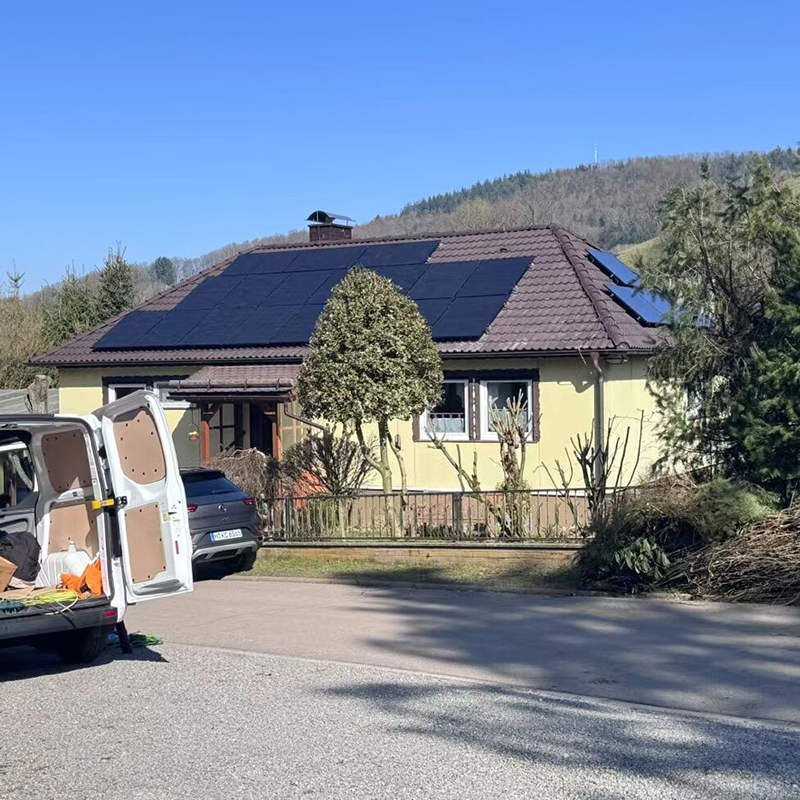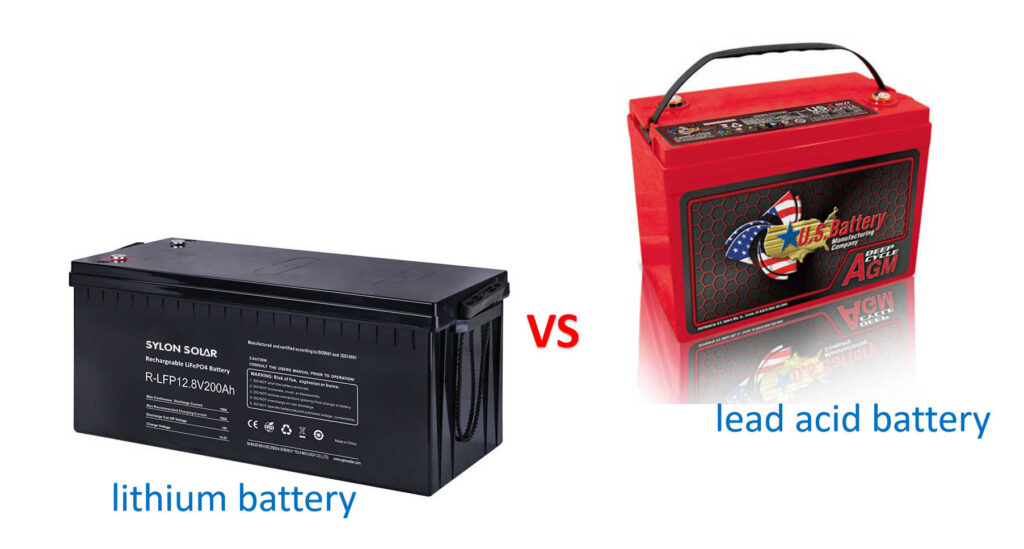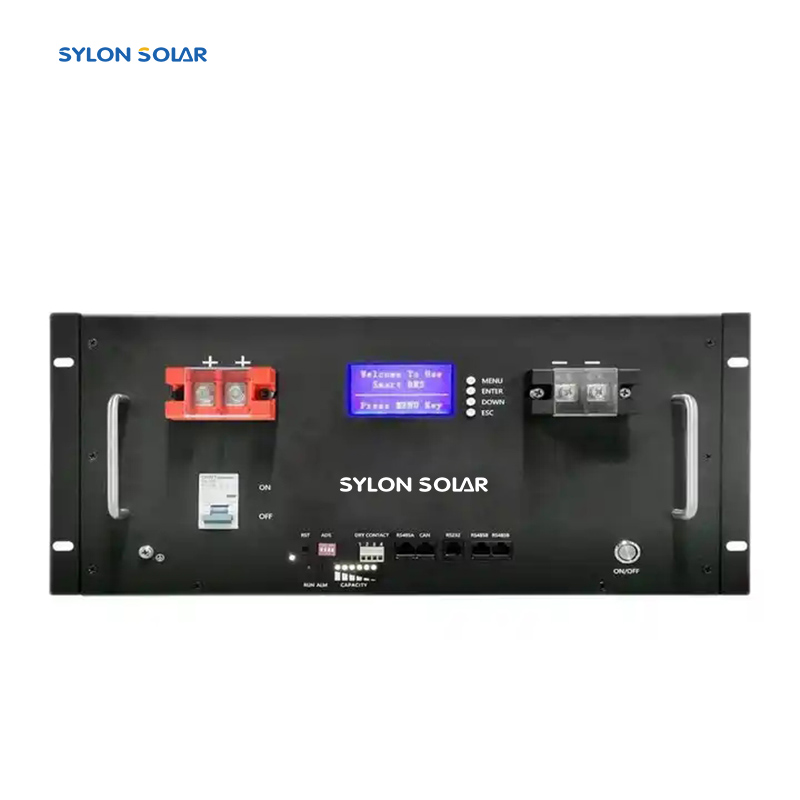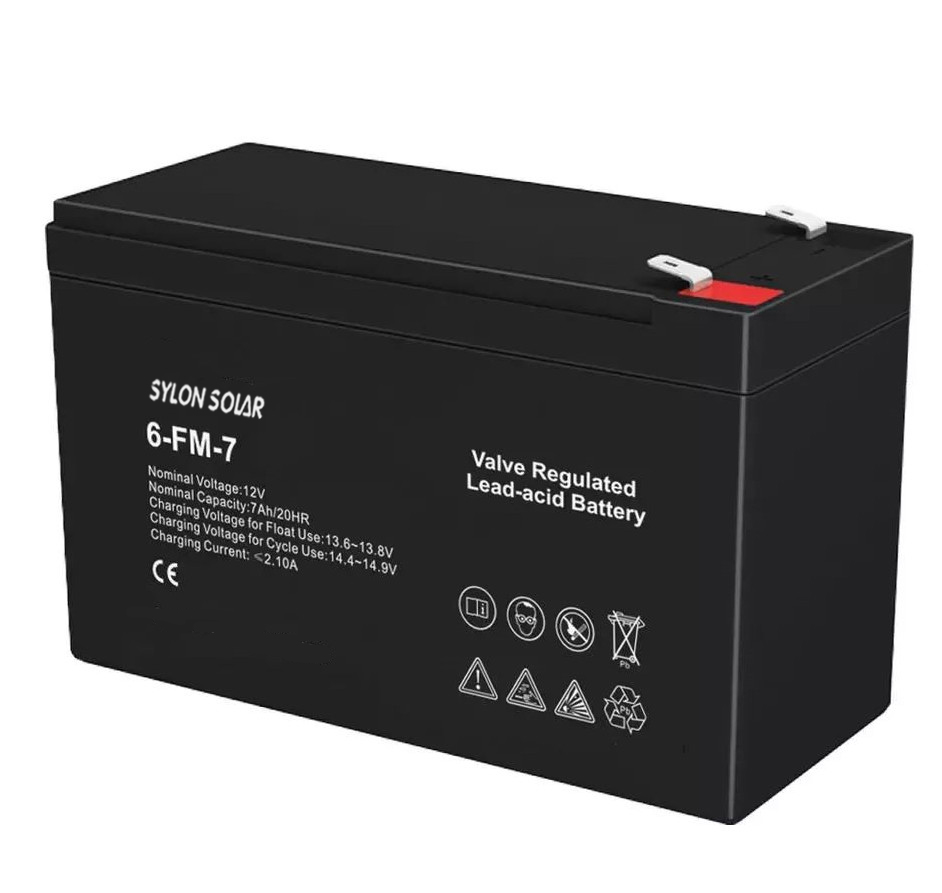In 2023, amidst a backdrop of economic turmoil and industry crises, the energy storage market stands out as a beacon of growth and resilience. Particularly, the segment catering to household energy storage experiences an unprecedented surge, marking a significant shift in consumer behavior and industry dynamics.
The year 2021 witnessed a pivotal moment in the energy storage landscape, characterized by advancements in technology and substantial cost reductions. These developments set the stage for a rapid expansion that continued into 2022. Factors such as escalating energy prices, geopolitical tensions like the Russian-Ukrainian conflict, and instances of widespread power outages abroad have all contributed to a perfect storm propelling the household energy storage market to unforeseen heights.
The momentum behind household energy storage is unmistakable, with a staggering tenfold increase in penetration rates. This surge is not merely a blip but a sustained trend, evidenced by a robust year-on-year growth of 56% in 2021 alone. According to data from BNEF, global installed capacity for energy storage reached approximately 10GW/22GWh in 2021, marking an impressive 84% and 105% increase year-on-year, respectively. Within this burgeoning market, distributed energy storage capacity accounts for a significant portion, with figures reaching around 2.5GW/5.6GWh, reflecting a notable 45% and 40% increase year-on-year.
In essence, the explosion of household energy storage signifies a paradigm shift in how consumers interact with and harness energy. It not only underscores the growing importance of renewable energy sources but also reflects a fundamental change in the way individuals perceive and manage their energy consumption.
Following a slump in sales attributed to excess inventory in European and American markets in 2023, the energy storage sector is poised for a resurgence in 2024. Anticipated as a fresh start, the upcoming year holds promise for renewed market vitality and robust demand.
After grappling with inventory challenges and subdued sales,2024 emerges as a pivotal juncture for the energy storage industry. Projections suggest a significant uptick in market demand, signaling a positive trajectory for the sector. Amidst this optimism, industry stakeholders are gearing up for what is anticipated to be a highly favorable market landscape characterized by burgeoning opportunities and sustained growth.
The export of Sylon Solar residential energy storage mainly focused on the solution of solar energy storage system with battery and energy storage inverter last year. This year, the household energy storage system of our company in the European and U.S. market is still increasing.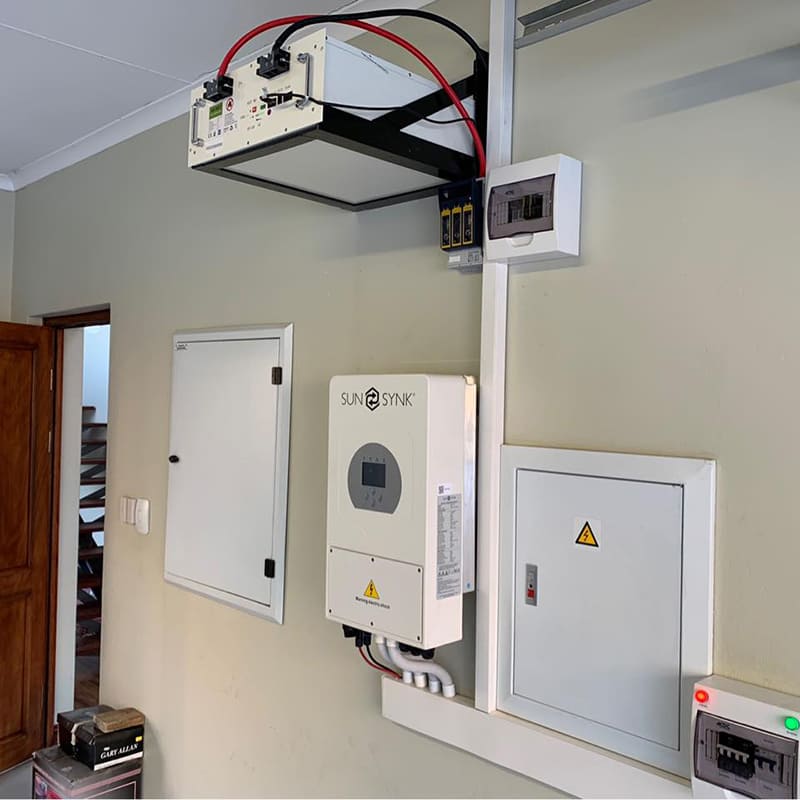
Household energy storage is indispensable for distributed energy systems, serving various functions across user, power generation, grid management, transmission, distribution, and ancillary service sectors.
1.At the heart of household solar energy storage systems lie three essential components: photovoltaic panels, batteries, and energy storage inverters.
When combined, these elements form a cohesive unit known as a household optical storage system, with batteries representing the core component, constituting approximately 45%-50% of the total system cost. Additionally, solar inverters, which control charge and discharge processes and convert AC to DC, contribute around 20%-25% of the cost, while photovoltaic panels account for a similar percentage, providing solar power generation. Installation costs, which have increased from $1,470 to $2,941, comprise the remaining 15%-20% of the total energy storage expenditure.
2.Household energy storage products come in two main varieties: the Stackable Home Battery Energy Storage System and the split machine household energy storage system.
The stackable home battery energy storage system integrates photovoltaic inverters, solar batteries, and MTTP into a single unit with an LCD touch screen for easy parameter adjustment and system status display. It offers three main working modes: solar priority, AC priority (grid-tied), and SE priority (off-peak consumption). On the other hand, the split type household energy storage system separates components into solar batteries and inverters, allowing customization according to user needs, such as hybrid, coupled, off-grid, and management systems.
3.Lithium iron phosphate (LiFePO4) batteries have emerged as the dominant choice in the market.
The mainstream technology route of household energy storage is lithium iron phosphate batteries, sodium ion and lithium iron manganese are new paths in the future. The technical route of energy storage batteries includes lithium iron, lead acid batteries, flow batteries, etc. At present, lithium iron phosphate battery is the mainstream energy storage batteries because of their high safety and long cycle life compared with ternary lithium batteries. Tesla energy storage batteries have gradually shifted from the ternary route to the iron-lithium route. In addition, some companies such as CATL and Paineng are already conducting R&D and testing of sodium ion and lithium iron manganese batteries. The technology of our products in lithium iron phosphate batteries is also very mature. Sylon Solar has our own MBS R&D team to ensure the quality and safety of lithium iron phosphate batteries. We will also take lithium iron phosphate batteries as our leading product in the future, and provide the solution of lithium iron phosphate batteries to help customers solve the energy crisis. What are you waiting for, getting in contact with us by email:howard@sylonsolar.com

